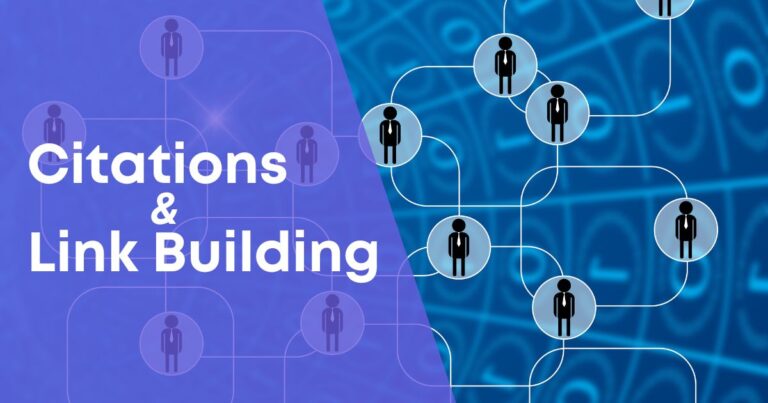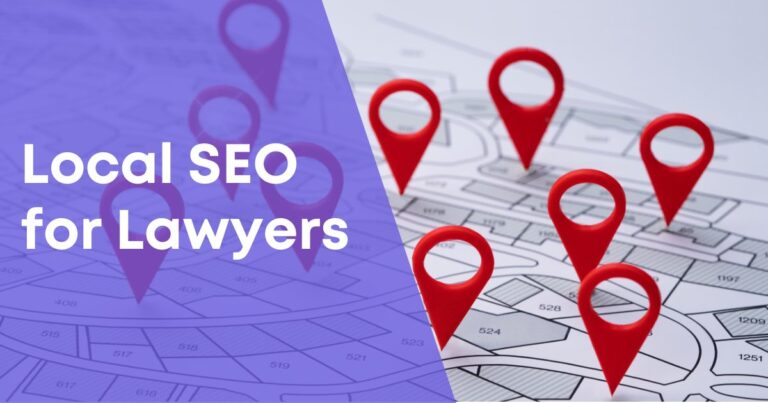Quick Guide on Canonical Tags
Canonical Tags play a pivotal role in Search Engine Optimization (SEO). Understanding their significance is crucial for anyone striving to enhance their website’s visibility and performance on search engines.
In this guide, we’ll take you through the basics of canonical tags and demonstrate how and when to use them.
Let’s dive in.
Definition of Canonical Tags
Canonical tags are HTML elements that specify the preferred version of a web page when duplicate content exists. In SEO, canonicalization is the process of selecting the primary URL for indexing when multiple URLs lead to the same or similar content.
Canonical tags are integral to SEO strategies, serving as a critical tool for resolving duplicate content issues and ensuring search engines properly index and rank the desired version of a page.
Why Canonical Tags are Essential for SEO
Duplicate content can arise from identical or substantially similar content accessible through different URLs. Search engines may struggle to determine the most relevant version, leading to potential indexing issues and diluted rankings.
Canonical tags provide a clear directive to search engines on the preferred URL, mitigating the impact of duplicate content. They play a vital role in consolidating link equity, ensuring that all signals and ranking authority are attributed to the chosen canonical URL.
How Canonical Tags Work
HTML Syntax
- The canonical tag is implemented within the HTML head section using the
<link>element. - Its syntax includes the “rel” attribute set to “canonical” and the “href” attribute specifying the preferred URL.
Common Use Cases
- Handling Multiple URLs for the Same Content
- Canonical tags are employed to designate the primary URL, avoiding confusion for search engines.
- Dealing with Parameter Variations
- Canonical tags help in situations where dynamic parameters create different URLs for the same content, ensuring a single, preferred version is indexed.
Implementing Canonical Tags
Best Practices
- Ensuring Consistency Across Canonical and Non-canonical Versions: Consistency is key when implementing canonical tags. Ensure that the content across canonical and non-canonical versions aligns closely. Any discrepancies may confuse search engines and undermine the effectiveness of canonicalization.
- Use of Absolute URLs for Canonicalization: Always use absolute URLs in the “href” attribute of the canonical tag. This practice eliminates ambiguity and provides a clear, complete path to the preferred version of the content.
Technical Implementation
- Instructions for Adding Canonical Tags to Different CMS Platforms
- WordPress:
- Utilize SEO plugins like Yoast or All in One SEO Pack.
- Access the canonical tag settings within the plugin and set the preferred URL.
- Magento:
- Navigate to the product or content page in the admin panel.
- Locate the “Search Engine Optimization” section and input the canonical URL.
- Drupal:
- Use the Metatag module to add canonical tags.
- Configure the canonical URL in the Metatag settings.
- WordPress:
- Coding Examples for Manual Implementation
- HTML:
<head> <link rel="canonical" href="https://www.example.com/preferred-url"> </head>HTTP Header (for server-side implementation):Link: <https://www.example.com/preferred-url>; rel="canonical"
<head>section or server headers of your HTML document. - HTML:
Impact of Canonical Tags on SEO and Search Engine Rankings
Positive Effects
- Improvement in Search Engine Visibility: Canonical tags contribute to a more streamlined indexing process, improving the likelihood of search engines ranking the preferred version higher in search results.
- Enhanced User Experience: Users are directed to the most relevant content, reducing confusion and enhancing their overall experience on your website.
Potential Pitfalls
- Risks of Incorrect Implementation: Misconfigured canonical tags can lead to unintended consequences, potentially harming rankings. Regularly audit and validate your canonical implementations.
- Monitoring and Troubleshooting: Establish a system for monitoring canonicalization issues. Tools like Google Search Console can help identify and resolve problems promptly.







